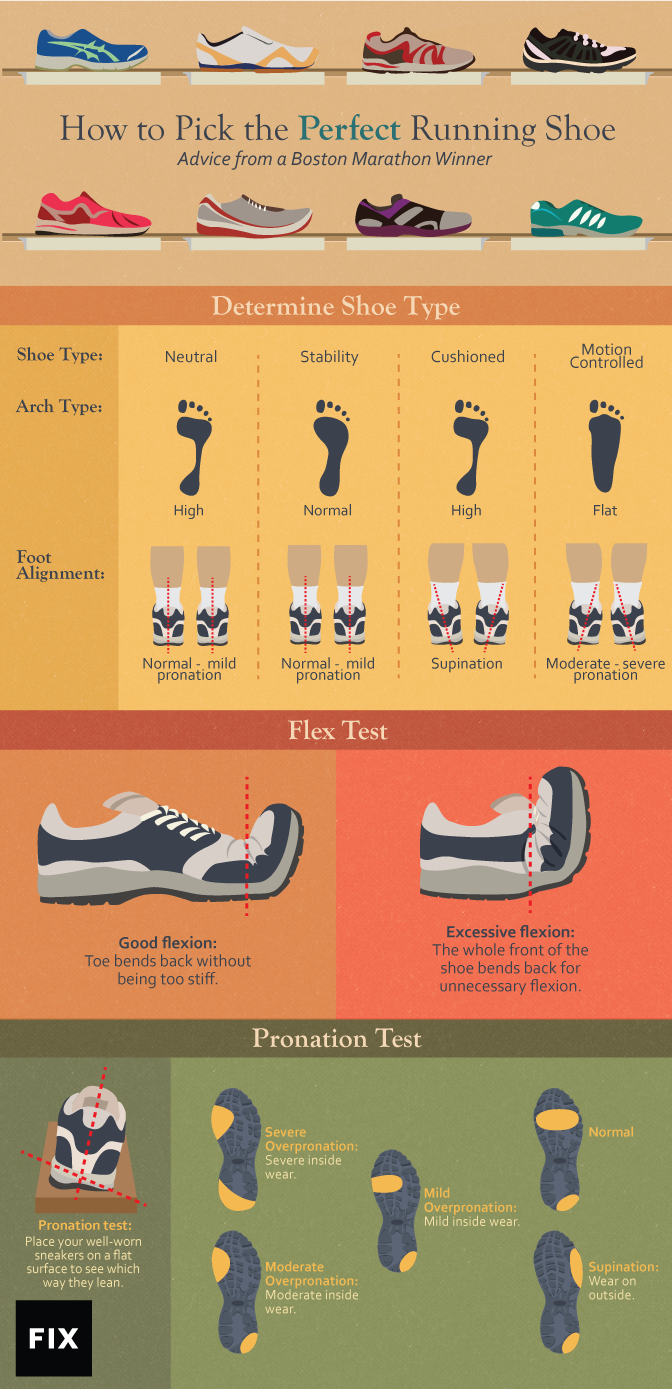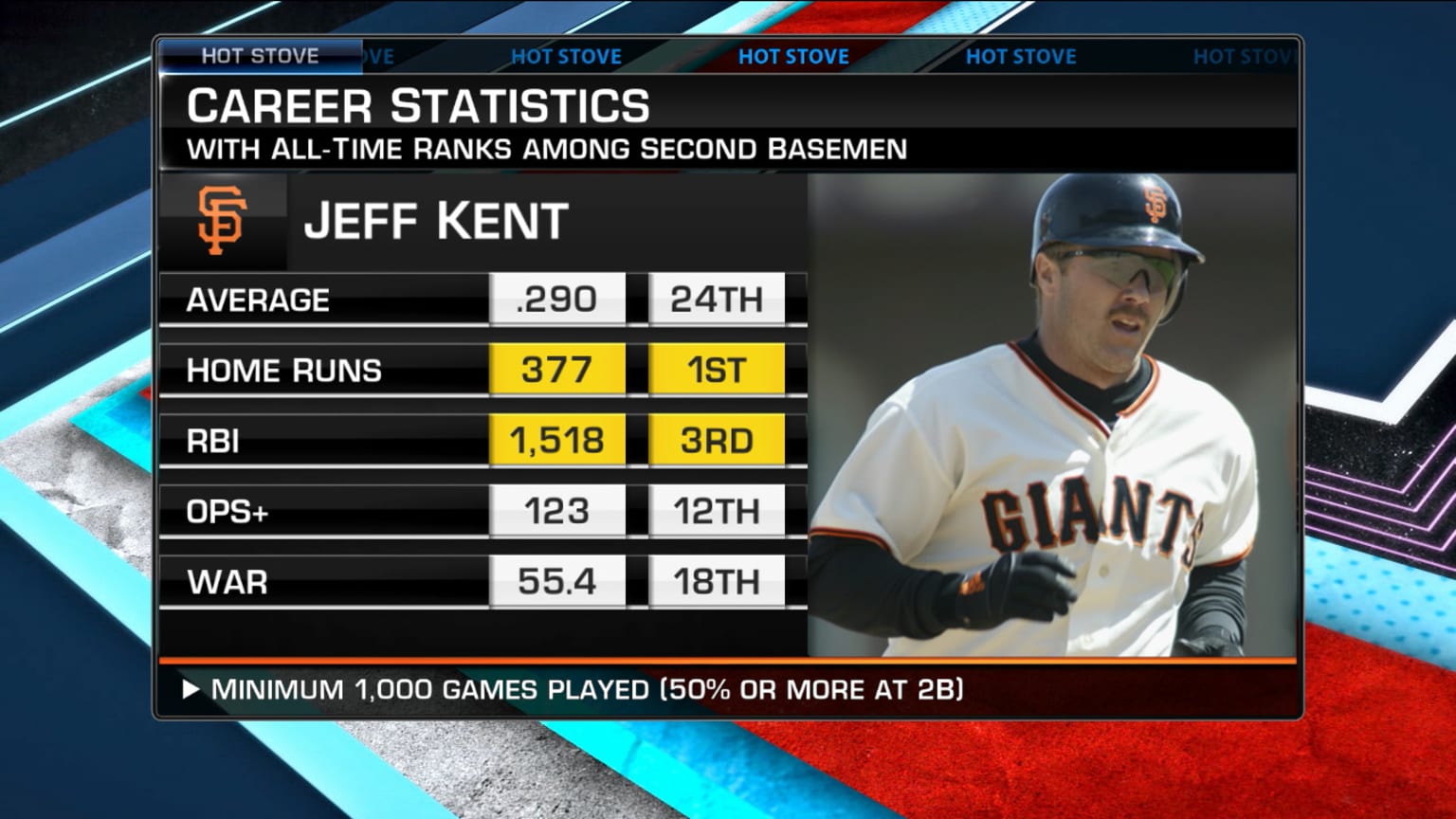A Smart Guide to Choosing the Perfect Sports Shoes

Determine Your Foot Type
Before you start your search for the perfect sports shoes, it's essential to understand your foot type. Knowing your foot type will help you narrow down your options and choose a shoe that provides the right support and comfort for your feet. There are three main foot types: flat, neutral, and high arch.
Flat Feet
If you have flat feet, you have a low arch or no arch at all. This means your feet tend to roll inward, also known as overpronation. If you're a flat-footed individual, look for shoes with good arch support and stability features to prevent injuries and discomfort.
Neutral Feet
Neutral feet have a normal arch and don't roll inward or outward excessively. If you have neutral feet, you can opt for shoes with a balance of cushioning and support. This foot type can accommodate a wide range of sports shoes.
High Arches
High arches are characterized by a very curved arch. If you have high arches, your feet tend to roll outward, also known as supination. For high-arched feet, choose shoes with plenty of cushioning and flexibility to absorb shock and provide comfort.
Consider Your Running or Playing Style
In addition to knowing your foot type, consider your running or playing style. Are you a heel striker or a forefoot striker? Heel strikers need shoes with extra cushioning in the heel, while forefoot strikers require shoes with flexibility and support in the front.
Choose the Right Shoe for Your Sport
Selecting the perfect sports shoe can be a daunting task, especially with the numerous options available in the market. However, it's crucial to remember that different sports require specific types of shoes, designed to cater to the unique demands of each activity. In this section, we'll explore the importance of choosing the right shoe for your sport and provide guidance on how to make the best choice.
1. Select shoes designed for your specific sport (running, basketball, tennis, etc.)
Each sport has its unique requirements, and shoes are designed accordingly. For instance:
- Running shoes are designed for forward motion, with features like cushioning and support for heel-to-toe transition.
- Basketball shoes have a more substantial sole for lateral movement and jumping, with a higher ankle collar for support.
- Tennis shoes are designed for quick lateral movements and rapid changes of direction.
Wearing shoes designed for your specific sport can enhance performance, reduce the risk of injury, and provide overall comfort.
2. Consider the terrain (road, trail, court, etc.)
The terrain you'll be playing on is another crucial factor to consider. Different terrains require specific shoe features:
- Road running shoes are designed for paved surfaces, with a more responsive midsole for energy return.
- Trail running shoes have a more aggressive tread pattern for traction on uneven surfaces.
- Court shoes, like basketball or tennis shoes, have a non-marking sole for indoor surfaces.
Choosing shoes designed for your specific terrain will provide the necessary support, traction, and durability.
Get the Right Fit
When it comes to choosing the perfect sports shoes, getting the right fit is crucial for optimal performance and comfort. Here are some tips to help you get the best fit:
- Try on shoes after a workout or run when feet are at their largest. This ensures that your shoes will fit comfortably even during the most intense activities.
- Wear the same type of sock you plan to wear during the activity. This will give you a true fit and prevent any surprises later on.
- Ensure a comfortable fit with enough room for toes to wiggle. You should have about a half-inch of space between the end of your longest toe and the shoe's end.
Remember, a proper fit is essential for preventing injuries and getting the most out of your shoes. Take your time, and don't be afraid to try on multiple sizes and styles until you find the one that feels just right.
Consider Support and Cushioning
When it comes to selecting the perfect sports shoes, considering support and cushioning is crucial to ensure a comfortable and injury-free experience. Here are some key factors to keep in mind:
Choose shoes with suitable support
Selecting shoes with the right level of support is essential, depending on your foot type, running style, and the sport you play. There are three main types of support:
- Stability: For runners with mild to moderate overpronation, stability shoes offer a balance of cushioning and support.
- Motion control: For runners with severe overpronation, motion control shoes provide maximum support and stability.
- Neutral: For runners with neutral foot pronation, neutral shoes offer a balance of cushioning and flexibility.
Select the right level of cushioning for your needs
Cushioning is vital for absorbing shock and reducing the impact on your joints. Consider the following:
- More cushioning: If you're a heavier runner, have flat feet, or engage in high-impact activities, choose shoes with more cushioning for added comfort and protection.
- Less cushioning: If you're a lighter runner, have a more neutral foot strike, or prefer a more responsive feel, opt for shoes with less cushioning.
By considering support and cushioning, you'll be able to find the perfect sports shoes that meet your specific needs and enhance your overall performance.
Additional Features to Consider
When selecting the perfect sports shoes, there are several additional features to consider beyond the primary factors. These features can enhance your overall performance, comfort, and personal style.
Breathability and Ventilation for Comfort
Adequate breathability and ventilation are crucial for maintaining dryness and preventing blisters during intense workouts. Look for shoes with:
- Mesh panels for airflow
- Moisture-wicking linings to keep feet dry
- Perforations for enhanced ventilation
Weight and Flexibility for Performance
Lighweight and flexible shoes can significantly impact your performance. Consider shoes with:
- Lightweight materials, such as Flyknit or Boost technology
- Flexible midsoles for smooth heel-to-toe transition
- Responsive cushioning for explosive movements
Style and Color for Personal Preference
Your sports shoes should reflect your personal style and preferences. Think about:
- Vibrant colors to match your team or personal style
- Unique designs, such as bold logos or sleek silhouettes
- Customization options, like laces or insoles, to make your shoes stand out
By considering these additional features, you'll find the perfect sports shoes that not only perform well but also make you feel confident and comfortable.
Try Before You Buy
When it comes to selecting the perfect sports shoes, trying before buying is crucial. This section will guide you on how to make the most out of your shoe-trying experience.
Try On Several Options
Don't settle for the first shoe that catches your eye. Try on several options to find the best fit. Consider factors like width, length, and arch support. Ensure a comfortable fit by wearing the same type of socks you plan to wear during your sport or activity.
Take Them for a Spin
Go for a run or walk around the store to test the shoes. This will give you a sense of how they perform during movement. Pay attention to cushioning, support, and stability. Make sure to try both shoes, as feet can be different sizes.
By trying before you buy, you'll avoid costly mistakes and find the perfect shoes to enhance your performance and comfort. Remember, the right shoes can make all the difference in your game!

















Comments ()